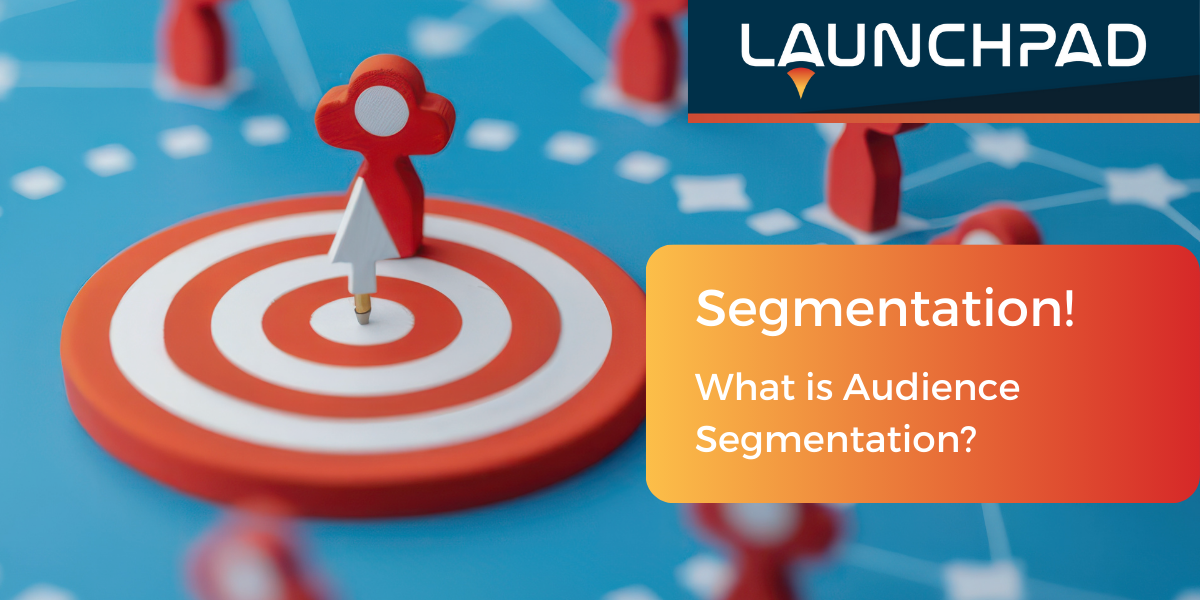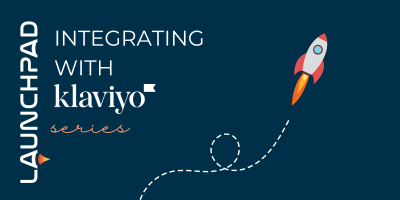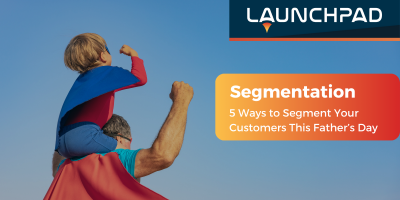Puzzled by why some businesses seem to be talking directly to you in their ads? It’s likely because they’re using audience segmentation, a highly effective means of improving campaign ROI! Let’s explore further how audience segmentation is a powerful marketing tool.
What is Audience Segmentation?
Audience segmentation is the art and science of dividing a large customer base into smaller, more targeted subsets based on specific characteristics and/or buying behaviors. It allows businesses to tailor their messaging directly to the needs and wants of each subset to create better resonating ads.
For example, a clothing retailer wants to email their customers about a new line of women’s and men’s clothing. They can send a lengthy email that talks about both of their lines, but chances are it will be too generic and cumbersome for most to read through. Email opens might be strong, but click-throughs will be low.
Instead, the retailer can create segments based on past products their customers have purchased. The first segment can be women’s clothing buyers, and the second can be men’s. Each segment can receive an email specific to the pieces of clothing they will most likely be interested in, resulting in more clicks and a more profitable campaign overall.
Furthermore, it provides insight into each pocket of your customer base to inform future marketing strategies. For example, one age group might respond better to a certain channel. One subset might respond better to free shipping over a percentage off. You can test, learn, and grow your marketing strategies with audience segmentation.
Why is Audience Segmentation Needed?
Audience segmentation provides marketers with an invaluable tool to make their campaigns more effective and cost-efficient. Without it, marketing efforts would rely on generic advertisements being sent out to the entire customer base via multiple mediums – a highly inefficient approach that may even see some messages getting blocked by spam filters. By contrast, properly segmenting your audience means you can target them specifically with tailored content – saving money whilst at the same time reducing risk of your message getting lost in a sea of noise.
Narrowing in on your target market is a cost-effective way to reach customers, and it’s more beneficial than attempting to contact 10,000 people with no strategy. Reaching 1,000 carefully chosen consumers can have a far greater impact than the same amount of effort towards ten times that number.
Audience segmentation also helps businesses identify potential opportunities to reach out to new audiences or segments that may have been previously overlooked. Additionally, it provides actionable insights into customer behavior and preferences which can be used to inform future marketing strategies and increase sales.
Audience Segmentation Characteristics
Audience segmentation is no longer limited to age and gender. Today, businesses have access to a wealth of customer data that can be used to find niche audiences and uncover more targeted opportunities for marketing campaigns. Audience segmentation can be broken down into numerous categories, but the three most popular ones our clients use are demographic, psychographic, and buying behavior.
Demographic segmentation focuses on the tangible characteristics of an audience, such as age, gender, occupation, income level and location. By targeting these specific parameters, companies can narrow in on the right customers with greater accuracy than ever before. For example, a business selling luxury watches may choose to target high-income earners in affluent areas rather than trying to reach everyone.
Psychographic segmentation goes deeper than surface-level demographics by focusing on the behavioral traits of potential customers. This includes interests, values, lifestyle choices and personalities – all of which are integral to understanding a customer’s needs and motivations. By combining psychographics with demographics you can get a more holistic view of your ideal customer so you can create campaigns that resonate better with them.
For example, if you’re creating an ad campaign for a sports nutrition brand you could target athletes who are looking for ways to improve their performance in their sport – considering the psychographics such as their activity levels or fitness goals alongside traditional demographic data like age or gender.
Buying behaviors encompass how many times a customer orders from you, what they buy, how much they spend, and how often they come back (known as RFM – recency, frequency, and monetary). This is powerful as you can target one-time buyers to get them to become more active, re-engage customers who haven’t purchased from you in a while, or cross-sell based on purchase history.
Audience Segmentation Benefits Across Marketing Medium
When formulating your marketing strategy, it is essential to identify the channels and target demographic which will yield the greatest return. This knowledge of mediums and segments informs content creation for all advertisements going forward.
Email marketing is one of the simplest and most cost-effective forms of advertising. But, responding to everyone with a generic email may result in your messages being marked as Spam by filters or just ignored. Segmenting your target audience will enable you to reach former customers with tailored emails that resonate deeply. Depending on the email service provider used, campaigns can be tracked using various metrics such as open rate, click-through rate, link clicks, spam complaints, unsubscribed, and bounces so you stay informed and adjust whenever needed for optimum results!
Social Media
Social media offers a range of segmentation opportunities. You can onboard segments from your customer base or identify users already present on the platform. When you want to target existing customers, think beyond the platform itself and create specialized segments for them first – then upload the audience to your campaign to reach out specifically to those matched individuals.
If you wish to use a clean slate and start afresh without customer data, it’s easy! Just go into the platform and pick out your desired characteristics from the entire user base. To ensure maximum return on investment, be sure to segment your audience according to their relevance in relation to your campaign – too broad an audience could actually work against you! The downside here is that you don’t actually know who you’re targeting, making post-campaign attribution difficult.
Direct Mail
If you’re looking to execute an effective direct mail campaign, audience segmentation is key. Although it can be a costly undertaking, if done correctly the rewards are plentiful. Concentrating on smaller and more targeted segments will yield better results than generic campaigns that simply target everybody.
LaunchPad’s Audience Segmentation Platform
Segmenting audiences is not a task that should be done haphazardly – limited consumer data can often restrict your choices and categorizations. Furthermore, relying on social media platforms as another resource for segmentation may also prove to be ineffective or insufficient. For accurate and specialized targeting of an audience, there are only finite amounts of categories and combinations you should consider with your customer base.
If you’re looking for an effective and reliable way to segment your customers, look no further than LaunchPad! It takes your current customer data then adds 25+ fields of addressable information so that you can develop well-informed target audiences. With this powerful platform, it’s easy to create countless segments with dependable and precise data – allowing you to make the most out of every opportunity! Request a demo today!
Related Articles:
Audience Segmentation Strategies for Birthday Campaigns
Segment Your Audience by New Year Resolutions to Achieve Success
5 Ways to Segment Your Audience This Mother’s Day
Building High-Performing Marketing Audiences for Valentine’s Day
Boost Your Christmas Sales with Effective Audience Segmentation Strategies!




